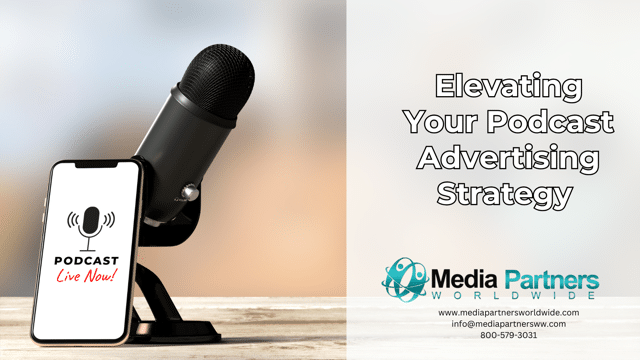In today’s fast-paced digital landscape, reaching and engaging your target audience requires a multifaceted approach. Cross-channel advertising has emerged as a powerful strategy for marketers aiming to maximize their reach and impact. In this blog post, we’ll break down the concept of cross-channel advertising and provide strategies for achieving success in this dynamic field.
Understanding Cross-Channel Advertising
Cross-channel advertising, often referred to as omnichannel advertising, involves the coordinated use of multiple advertising channels to deliver a unified message to your audience. These channels can encompass both online and offline platforms, including social media, search engines, email, television, radio, print, and more. The goal is to create a seamless and consistent experience for your audience, regardless of where they encounter your brand.
Why Cross-Channel Advertising Matters
Cross-channel advertising is essential for several reasons:
- Maximizing Reach: Different audiences prefer different channels. By utilizing multiple platforms, you can extend your reach and connect with a broader audience.
- Increased Engagement: Consistency across channels enhances engagement. When customers see a consistent message across various touchpoints, they are more likely to interact with your brand.
- Data-Driven Insights: Cross-channel advertising allows for comprehensive data collection. Analyzing data from various channels can provide valuable insights into customer behavior and preferences.
- Adaptation to Customer Behavior: Consumers often switch between channels during their buyer’s journey. Cross-channel advertising allows you to adapt to their behavior and be present wherever they go.
Strategies for Success in Cross-Channel Advertising
Now, let’s explore some strategies to excel in cross-channel advertising:
- Know Your Audience
Understanding your target audience is fundamental. Conduct thorough research to identify their preferences, behaviors, and preferred channels. This knowledge will guide your channel selection and messaging.
- Consistent Branding
Maintain consistent branding across all channels. Your logo, colors, messaging tone, and brand values should align seamlessly, providing a unified brand experience.
- Tailor Content for Each Channel
While maintaining consistency, tailor your content for each channel. What works on social media may not work on email or television. Adapt your content to suit the platform and audience.
- Set Clear Goals
Establish specific, measurable, and achievable goals for each channel. Whether it’s increasing website traffic, boosting social media engagement, or generating leads, having clear objectives will guide your efforts.
- Integrated Data Management
Implement a robust data management system to collect and analyze data from all channels. This data will help you refine your strategies and make informed decisions.
- Multi-Platform Advertising
Invest in multi-platform advertising tools and platforms that enable you to manage and monitor campaigns across various channels from a single dashboard.
- Test and Optimize
Regularly test different ad formats, messages, and creative elements on each channel. Use A/B testing and data analysis to identify what works best and optimize your campaigns accordingly.
- Budget Allocation
Allocate your budget strategically across channels based on their effectiveness and ROI. Be ready to adjust budgets as performance metrics evolve.
- Marketing Automation
Leverage marketing automation tools to streamline your cross-channel efforts. Automation can help with scheduling, personalization, and targeting, ensuring your message reaches the right people at the right time.
- Monitor and Measure
Continuous monitoring and measurement are essential. Use analytics tools to track key performance indicators (KPIs) and make data-driven adjustments to your campaigns.
Cross-channel advertising is a dynamic and powerful strategy that allows you to connect with your audience across various touch points. By understanding your audience, maintaining consistent branding, tailoring content, and implementing effective strategies, you can achieve success in the ever-evolving world of cross-channel advertising. Embrace the opportunities presented by this approach and stay agile in adapting to changing consumer behaviors and emerging channels to maximize your marketing impact. Contact Media Partners Worldwide today if you’re ready to get started advertising at [email protected].



